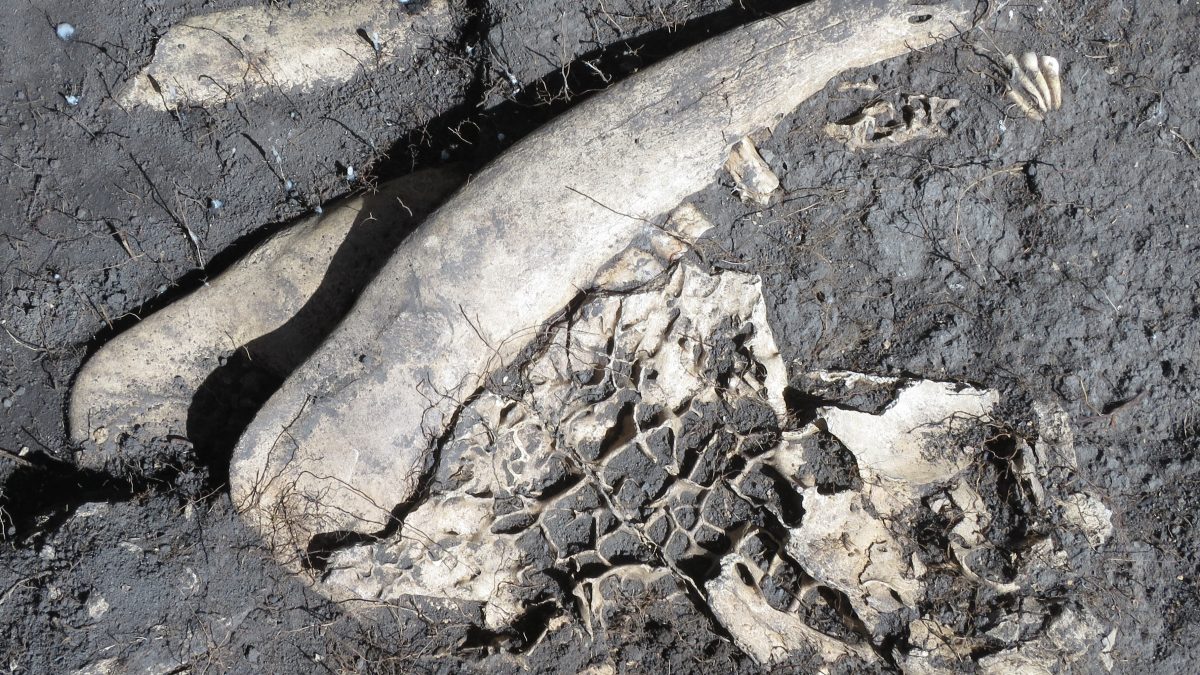MELITA – Archaeologists from Brandon University (BU) and the Manitoba Archaeological Society (MAS) are continuing their multi-year investigation of how Indigenous people lived in southwestern Manitoba before the arrival of Europeans — and members of the public are invited to get a first-hand look at their latest work this weekend and later this month.
The research project involves archaeological sites in the Pierson Wildlife Management Area (WMA) on Treaty 2 lands, which are the traditional homelands of the Dakota, Anishanabek, Ojibway-Cree, Cree, Dene, and Métis peoples. The team’s Indigenous Engagement Liaison, Amber Flett, has contacted First Nations communities in the region about the project.
Members of the public are welcome to join site tours at 10 a.m. and 12 noon on July 8 and 9 and again on July 22 and 23. At the site, Gary Wowchuk will demonstrate stone tool manufacturing (flintknapping) on July 8 and 9. People who are interested will also have the opportunity to help archaeologists excavate. The site is about 15 km south of Melita, along Highway 83.
In 2018, Eric Olson found hoes made of scapula (shoulder blades) that were used to cultivate maize crops along a creek bank south of Melita. Brandon University Department of Anthropology Professor Dr. Mary Malainey, Dr. Sara Halwas (BU and WSP Canada), Alicia Gooden (MAS President), other professional archaeologists from the MAS and archaeology students have worked in the area since 2019.
Excavations at the Olson site uncovered a workshop where tools were made from the bones of bison, deer, wolf, beaver and goose, and where butchering activities were performed. Residential areas, where people made stone tools and used pottery, were found on the west and east sides of the Gainsborough Creek valley.
“Excavations in the Pierson WMA provide unparalleled insights about the pre-contact Indigenous inhabitants because the land was never cultivated by European settlers,” said Dr. Malainey. “This is our fifth year of archaeological research and each year we learn exciting new things about the Indigenous farmers and other groups who once lived in the area.”
The project is funded by Manitoba Sport, Culture and Heritage, the Manitoba Heritage Grants Program, the MAS, BU, and donations from MAS members and the public. Information is posted on the Manitoba Archaeological Society website, Facebook, and Instagram pages.
Contact
- Brandon University
- communications@brandonu.ca
To receive any BU publication in an alternate format please contact Communications@BrandonU.ca
About BU
Success is built at Brandon University. Our growing, progressive campus welcomes a diverse and inclusive community that combines proud tradition with shared ambition. Through our excellence in teaching, research, and scholarship, we educate students to make a meaningful difference as engaged citizens and leaders. Join us at BrandonU.ca.
